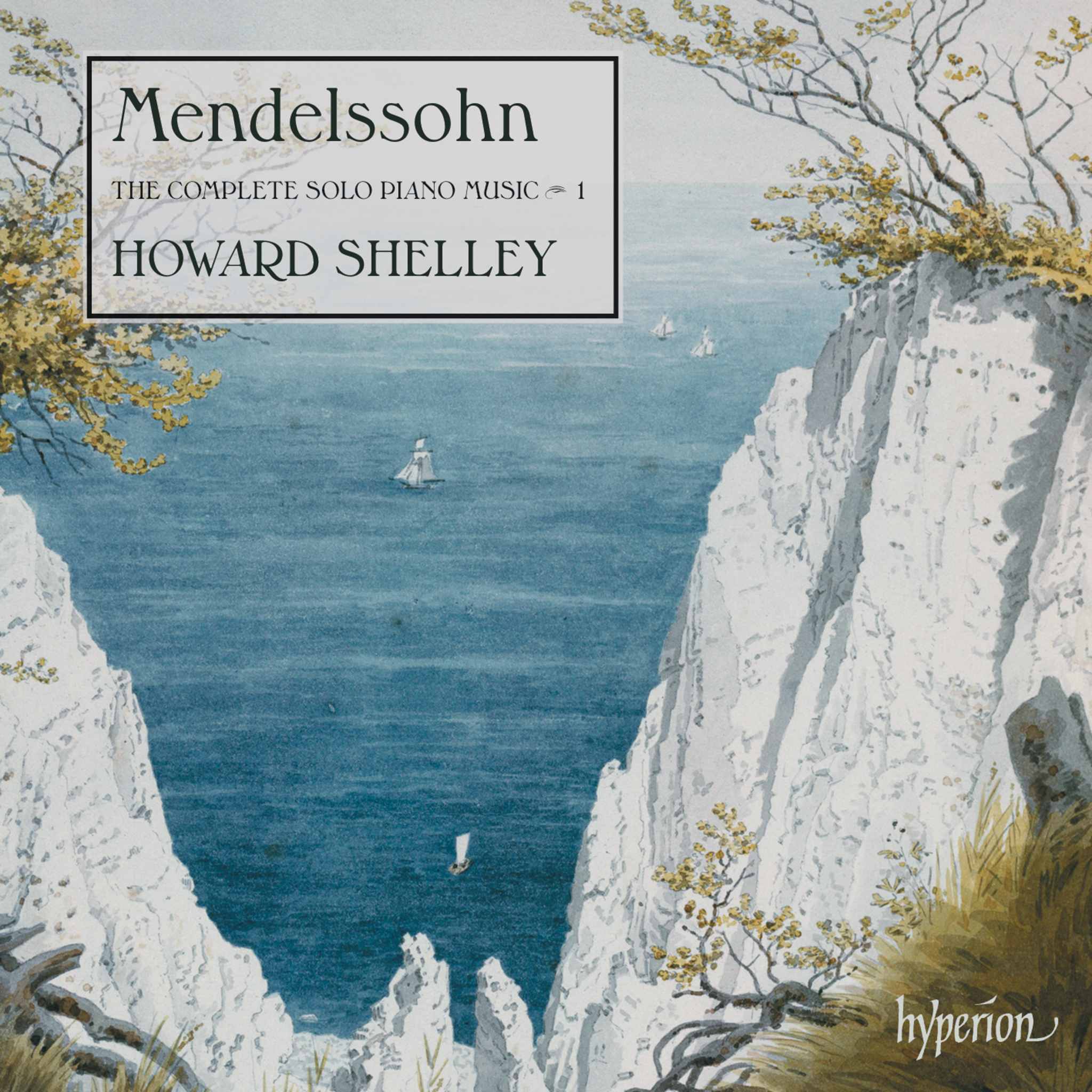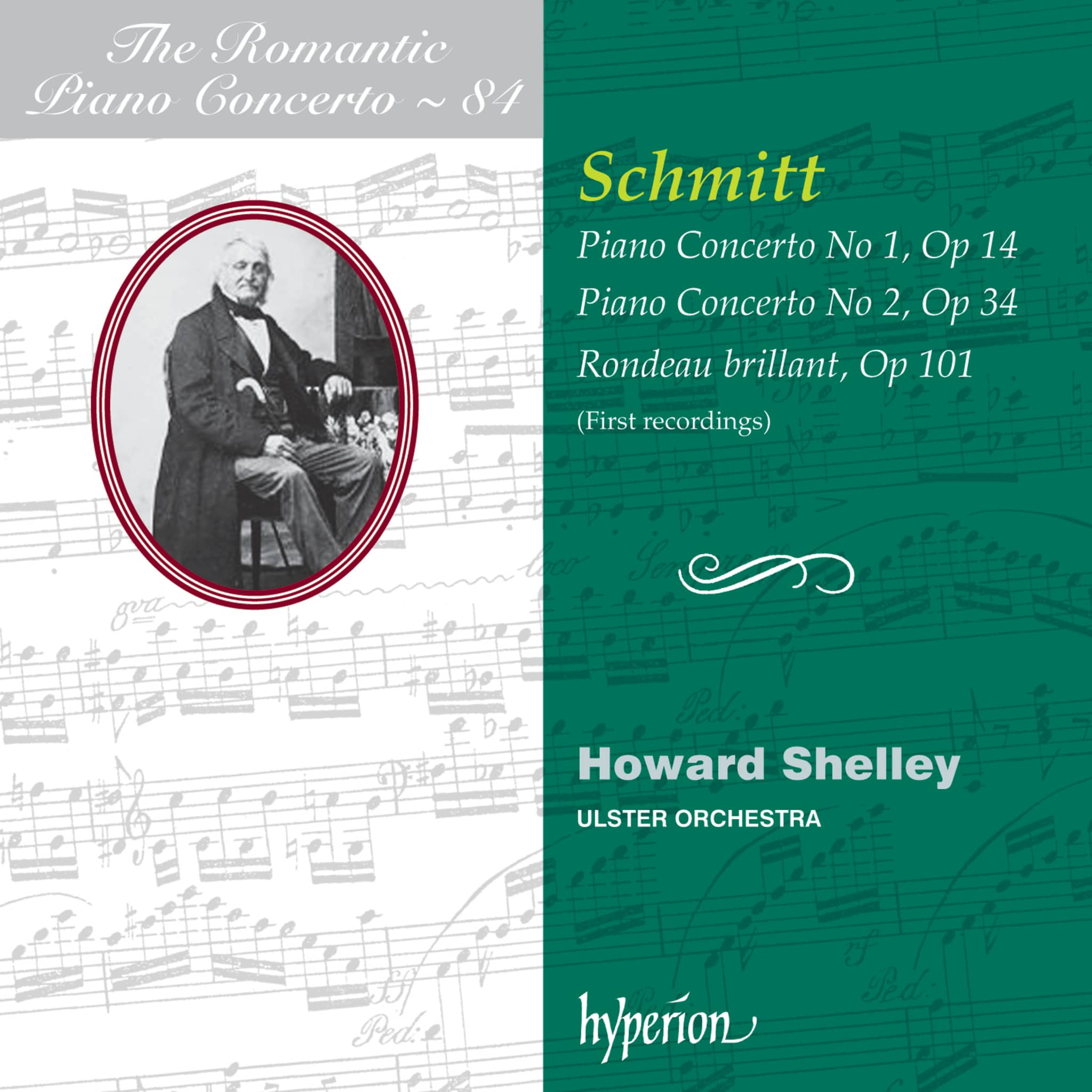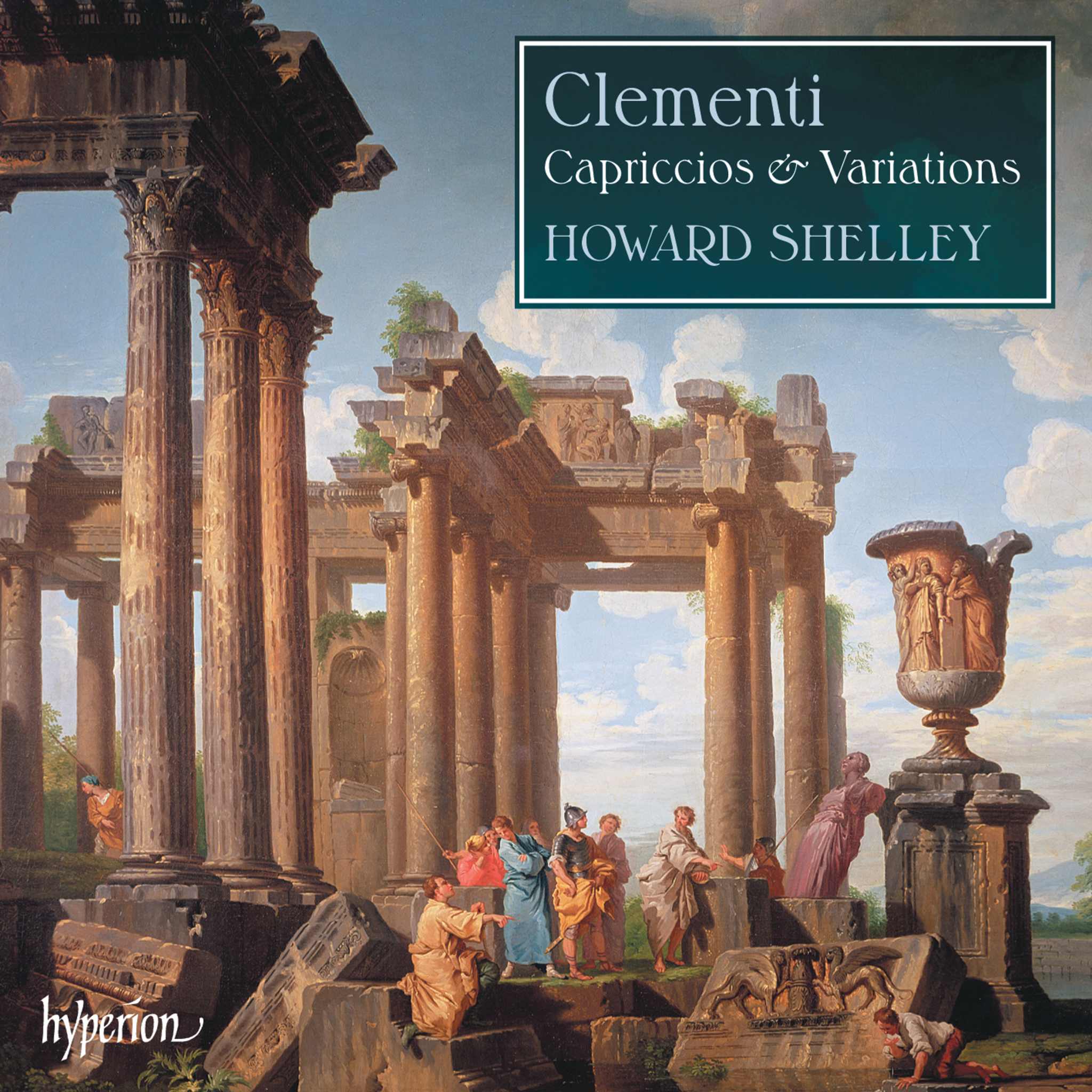Album insights
Während französische Airs auf Sanftheit, Geschmeidigkeit, Fluss und Zusammenhalt abzielen, setzen die Italiener auf überraschende Dissonanzen und kühne Kadenzen. Die Eigenart der italienischen Musik macht sie unvergleichlich mit Werken anderer Länder. Roguenet beschrieb im frühen 18. Jahrhundert die musikalischen Gegensätze beider Nationen. Zur Zeit Ludwigs XIV. stand die prachtvolle Musik der königlichen Kapelle im Mittelpunkt, ehe sich die musikalischen Strömungen wandelten. Couperins Werke heben sich deutlich von den üblichen Kompositionen in Versailles ab und zeigen stärkere Nähe zum italienischen Stil.
Besonders Couperins Kirchenmusik, darunter die Trois Leçons de Ténèbres, zeichnet sich durch eine persönliche Handschrift und Originalität aus. Diese Stücke geben das Leiden Jeremias mit außergewöhnlicher Ausdruckskraft und Intensität wieder. Die Leçons variieren in der Besetzung: Die ersten beiden sind Solostücke, während die dritte als Duett gestaltet wurde. Aus Couperins frühen Jahren sind drei Werke in der Bibliothèque Municipale in Versailles erhalten. Die Motette zu Ehren des heiligen Bartholomäus ist italienisch geprägt, verbindet dramatische Ausdrucksformen mit reicher Harmonik. Das Magnificat von Couperin beeindruckt mit inspirierender Gestaltung und elf kontrastierenden Abschnitten, die sich über ebenso viele Minuten erstrecken.






